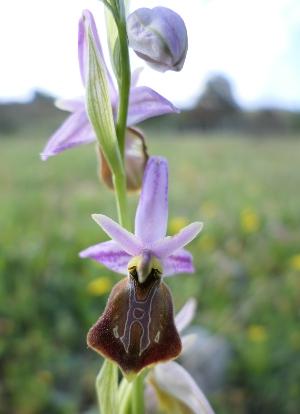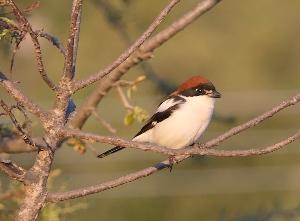News
Asphodels
12th Apr 2020

Asphodels. Lovely plants with tall spires of white flowers with orange lines and anthers. Attractive to insects – the bees love them and Eastern Festoon butterflies are always visiting them. So why do I find myself beginning to dislike them! It’s the task of digging them up that does it. They tenaciously hang on to their spots between rocks and the great mass of tubers often erupts into pieces just as I bring it out. I am staggered by the sheer biomass both under the surface and on that these plants produce. I should say that we don’t live in a sea of asphodels but they are common and as the land we now garden was formerly goat-grazed albeit not heavily they thrived on it. But given free-rein now, they, and the wild Pyrus trees want to take over the world! The locals used to harvest it with more sympathy though, as it as widely used in this region as a food stuff. The tubers were eaten boiled or ground up to make a flour for breads. The ancient Greeks regarded them as the favourite food of the dead and planted them near graves. However the potato proved easier in the end though I wonder which produces more ‘crop’ in these dry terra rosa soils.
The Orchid season moves on. We’ve had lots of Orchis syriaca and Orchis anatolica in bloom recently and there’s now half a dozen species of bee orchid in flower with a new colony of the endemic Ophrys lycia noted just over the fence. Back in the days of Delforge I was always struggling to get to grips with the difference between Ophrys lyciensis andOphrys episcopalis but I see with the new Pederson treatment I need worry no longer, they are both subsumed within Ophrys fuciflora subspecies fuciflora. We found the Dense-flowered Orchid here this week for the first time too. There’s a large colony of Violet Limodores that will make a spectacular show next week if nothing gets to them first…
There’s now banks of Coronilla cretica and various Asteraceae making some areas a bright yellow. And dry ground has lots of lovely Venus Looking-glass in bloom. The poppies make a big splash of colour every morning until the bees or the wind knocks the petals off.
Bird migration has settled into a Tree Pipit and Common Whitethroat phase though there are still lots of Lesser Whitethroats too. Pictured here is an Ortolan Bunting which in a rainy day earlier in the week took shelter on the window sill less than a metre from where I am typing. Cretzschmar’s and Cirl Buntings have now moved in and looking for nesting sites around the garden, we’ll see if we can spot them this year! A highlight was two Great Spotted Cuckoos which nosily hung around for a couple of hours before melting off into the vast countryside here. Woodchat Shrike have now arrived and are looking for nest sites around the garden, there’s a large pile of prunings that has taken their eye. Also the first Masked Shrikes were in during the last couple of days, one of the Mediterranean’s most beautiful birds. Though Swallows have been passing through for a month the resident ones have just arrived – about the same time as the UK ones usually set up home! Red-rumped Swallows and House Martins are always in the air. Raptor migration is good in the autumn here but a trickle in spring. A few Common Buzzards and a number of European Sparrowhawks have been through in the last week but staring at the skies doesn’t produce much from the garden at this time though a female Montagu’s Harrier and White Stork went through together three days ago.













